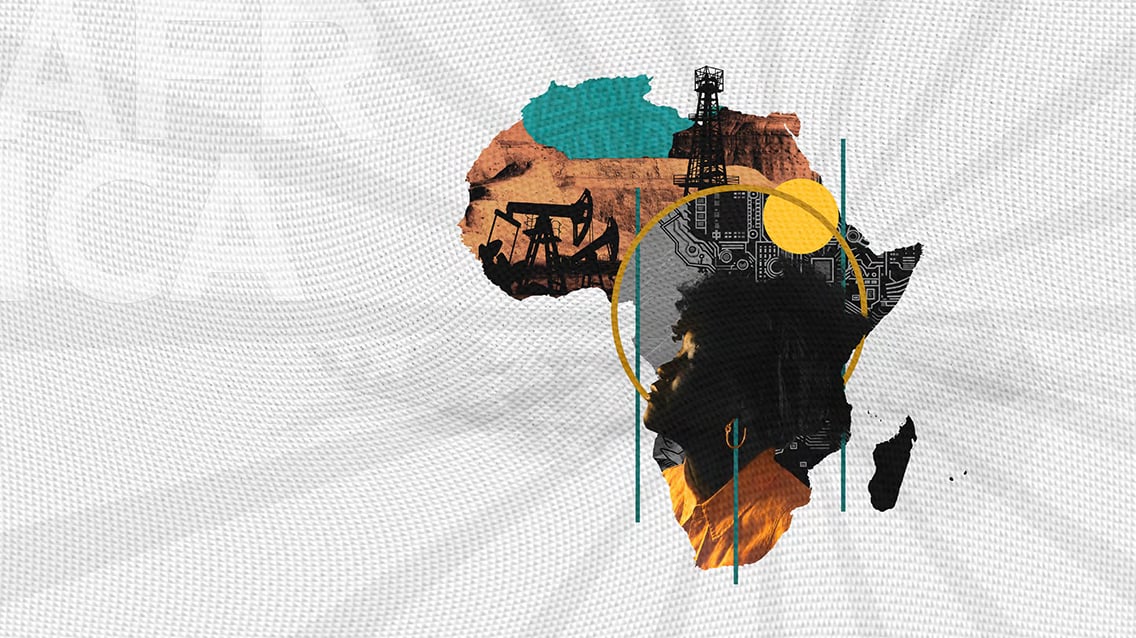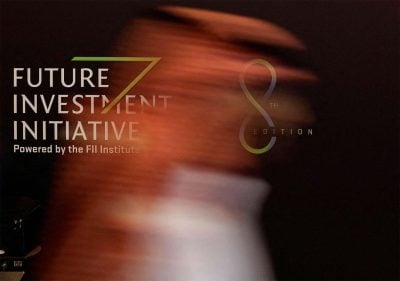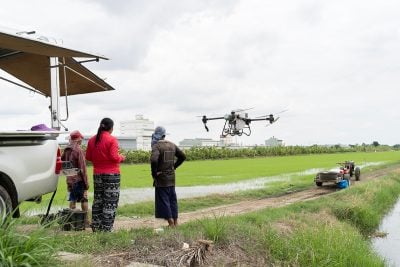In a global climate marked by political shifts and economic uncertainty, Rand Merchant Bank’s (RMB) Where to Invest in Africa 2025/26 report offers a vital roadmap for capital allocation across the continent. Analysing 31 African economies, which together account for 90% of the continent’s GDP, the report paints a picture of Africa in decisive transition—moving away from aid dependency towards self-sustaining growth driven by trade, investment, and economic diversification.
Two models of success
The overall rankings reveal two distinct paths to success. For the second consecutive year, the Seychelles and Mauritius occupy the top positions. Their dominance rests on quality rather than scale, reflected in the continent’s highest scores in GDP per capita, human development, and institutional strength. These factors make them especially attractive for high-value sectors such as finance and tourism.
Following them are the larger, more diversified economies of Egypt, South Africa, and Morocco. Egypt’s third-place ranking is particularly noteworthy. Despite the short-term disruption caused by the 2024 currency float, which triggered a 60% devaluation, the country continues to attract foreign direct investment. Megaprojects such as Ras El Hekma, alongside a strategic push into digitalisation, underpin Egypt’s robust long-term outlook.
South Africa, home to the continent’s largest economy, is described as “economically stuck,” grappling with entrenched challenges including high unemployment and energy scarcity. Nonetheless, its potential removal from the Financial Action Task Force’s “grey list” points to an improvement in its international standing.
Reform and resilience
The report highlights the most dynamic stories in Africa through significant shifts in the rankings, largely driven by policy reforms.
The Côte d’Ivoire emerges as a standout climber, leaping eight places to eighth position. This progress reflects sustained GDP growth exceeding 6% and a strategic pivot from exporting raw agricultural commodities to domestic processing. Initiatives to process cocoa and cashews locally have created hundreds of thousands of jobs, while new oil and gas production is expected to diversify the economy further.
In contrast, Nigeria experienced the largest decline, falling nine places to 18th. This drop stems from bold economic reforms. The unification of exchange rates caused a sharp naira devaluation, reducing GDP in US dollar terms, while the removal of fuel subsidies spurred inflation. The report frames these short-term difficulties as necessary recalibration for long-term stability, aimed at stimulating non-oil sectors. The recent commissioning of the Dangote Refinery is highlighted as a transformative step towards energy self-sufficiency.
Three forward-looking frameworks
The report’s greatest value lies in its introduction of three analytical frameworks designed to look beyond current data to future potential.
The Export Potential Model identifies untapped trade opportunities, estimating that South Africa could add $75 billion to its annual exports by 2029. A key insight is that much of Africa’s export potential lies outside the United States, emphasising the importance of market diversification to strengthen economic resilience.
The Growth Archetypes framework categorises countries according to current account balances and investment rates, yielding four distinct types. The ideal “Homegrown Builders,” such as Nigeria and Zambia, fund investment through export earnings. At the other extreme, economies “Stuck in Neutral,” including Malawi and Namibia, struggle with low investment and trade deficits, requiring strategic intervention to break the cycle.
The Currency Valuation, or “Bang for Buck,” model assesses currencies by fair value and fundamental strength. It classifies them into archetypes such as the “Fortress” (strong but expensive) or the “Coiled Spring” (undervalued with strong fundamentals), providing investors with a nuanced lens for evaluating currency risk and opportunity.
RMB’s WTIIA 2025/26 report concludes that Africa is navigating a path of resilient transition. The decline of aid is forcing a necessary, if challenging, shift towards investment-led growth. The rankings should not be viewed as a simple scoreboard but as a platform for deeper analysis, demonstrating that success can be found in the stability of Mauritius, the transformative reforms in Nigeria, and the export potential of South Africa. For investors, the message is unequivocal: a sophisticated, data-driven understanding of underlying fundamentals is essential to unlocking the continent’s enduring potential.
Source: RMB (Rand Merchant Bank). “Where to Invest in Africa 2025/26 Report”.
Want to continue reading? Subscribe today.
You've read all your free articles for this month! Subscribe now to enjoy full access to our content.
Digital Monthly
£8.00 / month
Receive full unlimited access to our articles, opinions, podcasts and more.
Digital Yearly
£70.00 / year
Our best value offer - save £26 and gain access to all of our digital content for an entire year!

 Sign in with Google
Sign in with Google 



